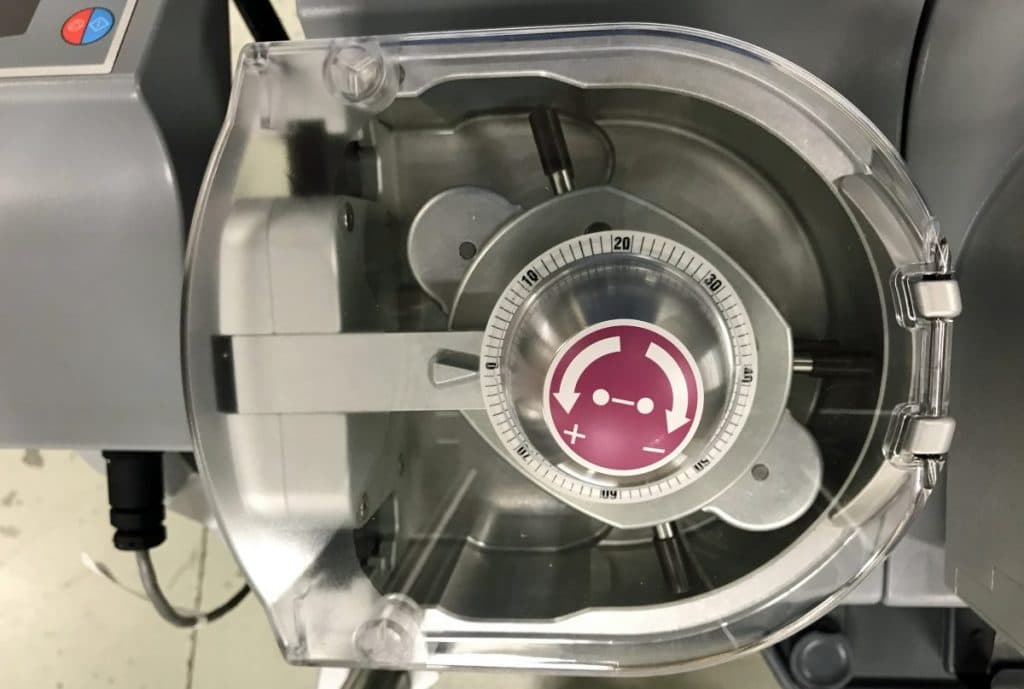Patient Trends and Outcomes of Surgery for Type A Acute Aortic Dissection in Japan: an Analysis of more than 10 000 Patients from the Japan Cardiovascular Surgery Database

Objectives
To evaluate the background trends and surgical outcomes for more than 10 000 patients with acute type A dissection in Japan in a recent 8-year period.
Methods
Data on replacement of the ascending aorta and/or aortic arch for acute type A dissection were collected from the Japan Cardiovascular Surgery Database from 2008 to 2015. Linear-by-linear association tests or Cuzick’s test for trend was used to evaluate group trends over time. The results were calculated for ascending or hemiarch replacement and arch replacement. A multivariable logistic regression model was used to calculate the risk-adjusted operative mortality rate.
Results
A total of 11 843 patients were included. The overall 30-day mortality and operative mortality rates were 7.6% and 9.5%, respectively. The number of surgically treated cases increased from 2436 patients in 2008–2009 to 3533 in 2014–2015, a 45.0% increase. A trend analysis revealed significant changes in patient characteristics with time, including increasing age and rate of preoperative renal failure. Despite worsening risk factors, the unadjusted operative mortality rate with arch replacement showed a significant downward trend (P = 0.01; test of trend). The risk-adjusted mortality rate showed a downward trend both in ascending aorta or hemiarch replacement and arch replacement, although the trend was not statistically significant (P > 0.05).
Conclusions
Unadjusted and adjusted operative deaths have shown a decreasing trend, although patients undergoing surgery for acute type A dissection have demonstrated worsening of risk factors, such as age and renal failure. The number of surgeries performed for acute type A dissection significantly increased throughout the study period in Japan.
